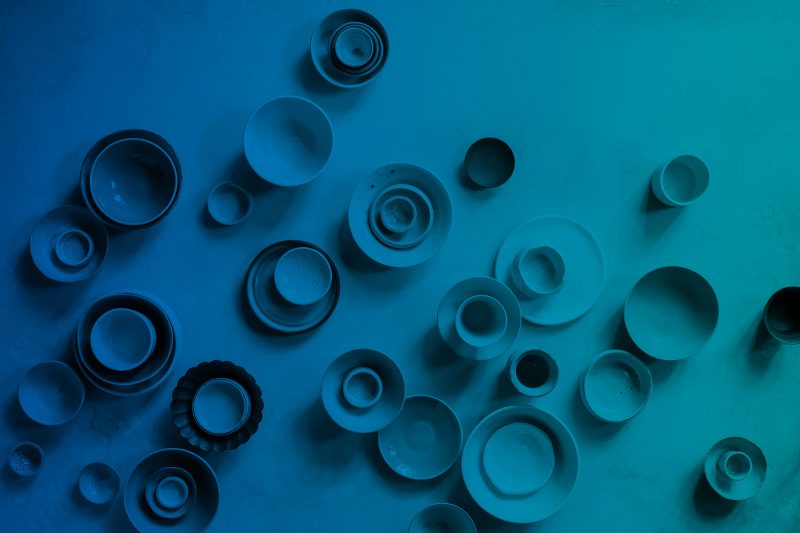Organizations across the healthcare industry are investing significantly in the acquisition and deployment of clinical data from many sources. Clinical data can be a powerful, strategic asset when it is actionable and accessible. But, as many organizations know, getting data in-house is just the first step in the journey. There are systemic data quality issues to address before reaping the benefits of clinical data.
For example, coding variation within and across sources such as EHRs, labs, and HIEs creates tremendous complexity when it comes to integrating clinical data into an enterprise architecture. This complexity starts with variation in how a single data element is coded, such as an HbA1c lab test, then increases exponentially when looking across all lab tests and then across all clinical domains. At Diameter Health, we’ve seen over 100 different variations of code and descriptions for HbA1c tied to one LOINC code. Imagine the scale of the problem when looking across all lab tests, all medications, all issues, all procedures, and more. Codes can also be wrong or simply missing altogether.
Other challenges contributing to the significant variation include information frequently documented in incorrect places in the medical record. Duplicate entries of the same prescription or diagnosis are also typical, obscuring medical facts under mountains of information.
To make large sets of multi-format clinical data usable, healthcare organizations may attempt to leverage in-house resources and teams of data analysts. However, these approaches are costly, not scalable, and yield a modest return in terms of data usability. Further, the work is never done, as each new data source requires mapping, and data volumes continue to explode over time.
What is Upcycled Data, and why is it the Smart Choice for Making Clinical Data Actionable?
Upcycling Data™ is Diameter Health’s process of integrating clinical data from multiple sources into a data asset that can be readily used for numerous purposes. It starts with normalizing codes to national standards and making sure data is semantically normalized to convey the clinical intent. Upcycling Data also includes adding rich metadata such as drug classes to make it easier to query and analyze. Upcycling Data extends to generating a longitudinal record from multiple patient encounters in which duplicate entries have been removed to streamline the data. All this is entirely automated, in near real-time.
Finally, Diameter Health’s upcycling technology features APIs and specialized data extracts to flexibly integrate clinical data into your infrastructure and data processing pipelines, support for data interchange standards like FHIR, and generation of data fit for specific business purposes to drive immediate value and ROI.
Download “Why Upcycling Data Matters” to learn how to make your investment in clinical data count.


